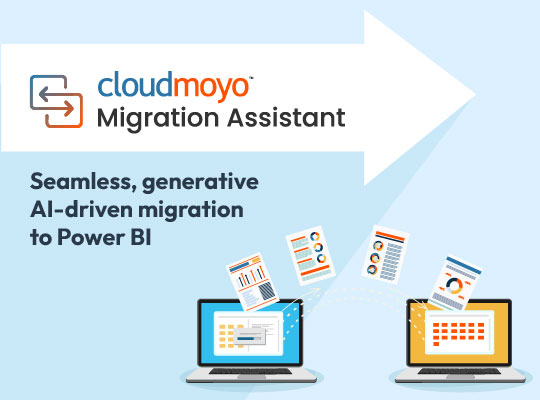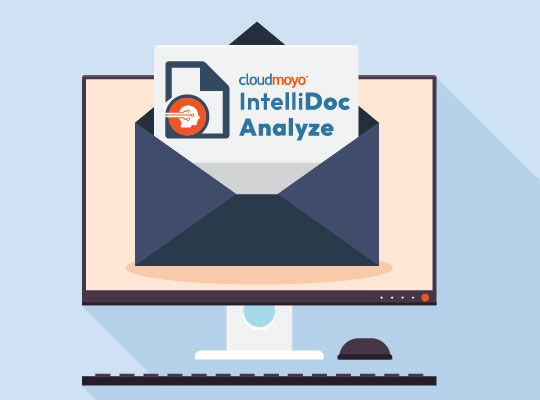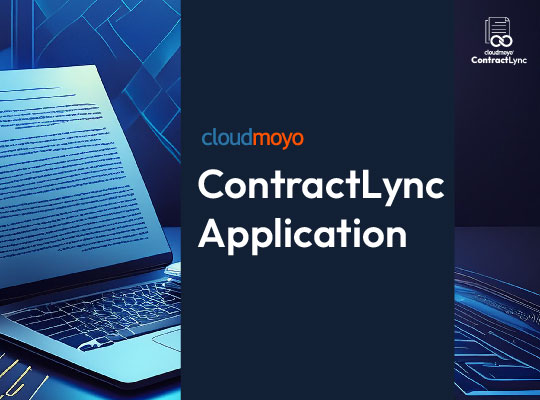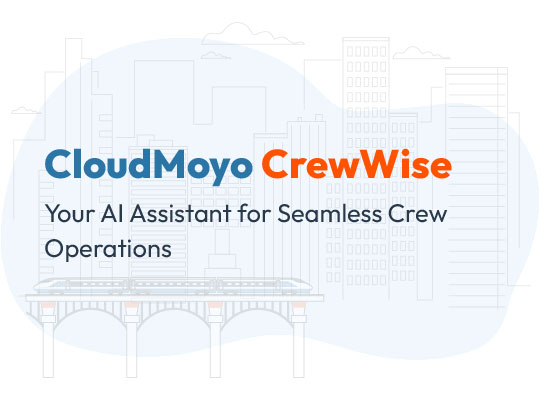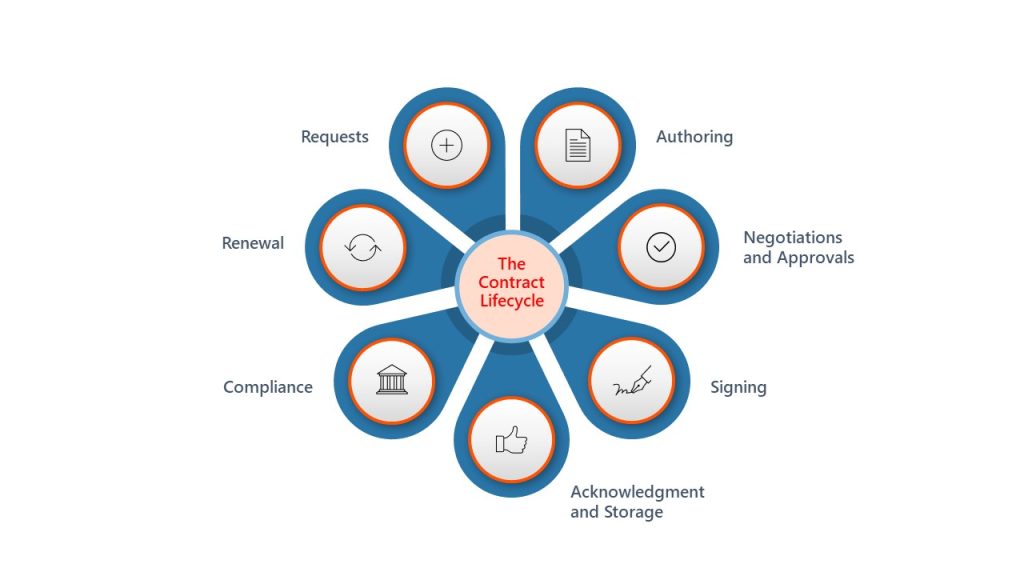Did you know that the concept of contracts was originally invented 5000 years ago when business contracts were engraved on clay tablets? Today, contracts are used all over the world across all industries and even in our interpersonal lives! From signing job contracts to purchasing homes, they’ve become an integral part of accountability and the exchange of goods and services.
Sellers provide a service for which the buyers pay. They create a contract, sign it, comply with the terms and conditions, then it’s happily ever after. Or is it?
An average Fortune 2000 company will have about 20,000 – 40,000 contracts created and executed, out of which nearly 10% either go missing or get stored locally in the drives of employees across various departments. A huge amount of money, time, and effort is poured into trying to recreate contracts or search for old ones. This poor contract management results in lower efficiency and therefore lower profitability. Moreover, the lack of visibility into the changes made in contracts and the terminologies during drafting and negotiations creates a gap for future disagreements. The go-to solution is using Contract Lifecycle Management software. But before we dive into that, let’s answer the following question:
What is Contract Lifecycle Management?
Contract Lifecycle Management (or CLM for short) is the management of an organization’s contracts from drafting through reviewing, approval, signing, and compliance. It’s the involvement of parties to carry out these stages effectively and with utmost visibility. A contract lifecycle is comprised of the following stages:
- Requests: This is the initial stage where one party will “request” the commencement of drafting the contract. It highlights the initial information such as dates, obstacles, etc.
- Authoring: This includes the “writing” of terms, conditions, clauses, and other information about the parties involved relating to the given agreement.
- Negotiations & Approvals: The approvers & lawyers from both parties will review every bit of information in the contract including the terms, conditions & clauses. Disagreements or errors are negotiated, and once that’s completed, the argued changes are made, then the contract is moved for approval.
- Signing: The respective parties sign the documents either digitally or physically.
- Acknowledgment and Storage: All parties acknowledge their responsibilities, deadlines, and deliverables. The contract is then stored in an accessible digital location.
- Compliance: The contractual obligations during the mentioned term period are observed and adhered to by the parties concerned. This safeguards them from disagreements, incessant operational friction, and untimely transaction of deliverables and payments.
- Renewal: Once the term period of the contract ends, the terms and offers of the contract are reviewed, evaluated, and amended to make for a more suitable contract.
Where Does Contract Lifecycle Management Take Place?
CLM takes place in any organization that manages contracts. Various types of contracts exist in all types of industries – buy-side, sell-side, distribution, employment, and licensing partner (among many others). All companies, independent of size or industry, require centralized storage of legacy contracts and convenient ways of creating new contracts which makes up for a coherent CLM process. Although it’s primarily driven by legal teams, CLM is not restricted to specific departments and involves multiple participants across various parts of companies.
Common Challenges with Contract Lifecycle Management
Before diving into challenges, let’s take “George’s” example. George is working in the legal department of a multinational organization that’s running multiple projects simultaneously. The organization has thousands of buy-side and sell-side contracts. Each of these contracts is shared locally in the drives of the stakeholders. If George wanted to access any of these contracts for review or compliance, he wouldn’t know where to start.
If George had to create a new contract from scratch with the input, review, and approval of his fellow colleagues, it would take forever to assign responsibilities and keep the status of contract creation visible to all the stakeholders.
Let’s assume that the contract was created successfully and is now sent to the other party for execution. The other party makes a change in the language and sends it back. How would George track that deviation even if there were no changes and the contract was signed successfully? How would he keep track of compliance? The hassle only gets multiplied by the number of contracts to manage. Contracting is a process designed to ensure compliance and inefficient CLM interferes with the goal. The most common challenges with CLM are:
- High volume of contracts to be executed
- Contracts stored locally across departments or individuals
- Discrepancies in contract templates used by various individuals of an organization
- Unstructured and undefined workflow from creating contracts to executing
- Too many manual reminders and follow-ups required to get reviews and approvals on time
- Setting up manual reminders for contract expiry/renewal
- Inability to pull insights from contract data
The Future of Contract Lifecycle Management
In a sentence, the future of CLM is CLM software. With organizations opting for digitalization and automation of labor-intensive processes, CLM is not left off the list. CLM can be easily optimized using AI-based platforms like the Icertis Contract Intelligence (ICI) platform which covers the entire process of contract authoring, approvals, negotiations, and all other segments included in the lifecycle. The platform provides immense value at the post-signing stage of contracts too by giving complete visibility to the parties involved with a record of the entire contract journey, leaving no stone unturned for compliance. It has the capability to handle large volumes of contracts while ensuring the efficient execution of every single contract. CLM platforms are the future of Contract Lifecycle Management and are already being implemented in many organizations today.
So, are contract lifecycle management platforms a standalone solution? No.
CLM platforms can be complex to operate and require the end-user to be trained. Additionally, when most organizations transition to the platform, the existing contracts are scattered in the local drives of individuals/departments and need to be migrated into the platform. This legacy migration is both the most difficult and crucial part of the transition. It requires thorough analysis, planning, and execution. Any organization that’s ready for CLM optimization with CLM software needs to make an investment in both – the platform and a dedicated + capable implementation partner.
Staying Ahead of the Curve
As a business owner or end-user, you’re probably doing your best to maintain compliance, have a faster execution of new contracts, and control access to contracts among various departments or individuals. However, there are a few questions you need to ask yourself:
- How efficiently are you managing your contracts?
- Is your method error-proof?
- How many resources are you allocating just for simple tasks that can be easily automated?
- How aware are you of the existence and details of all your contracts?
- And most importantly, could you do better?
As dramatic as it may sound, CLM software and the proficiency to use it best is the future. It answers most of the questions an end-user has about their current practice of managing contracts. Efficient CLM helps organizations build stronger relationships based on impervious compliance.
Want to chat about your contract management process and challenges? Connect with our experts!










